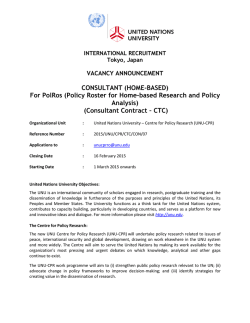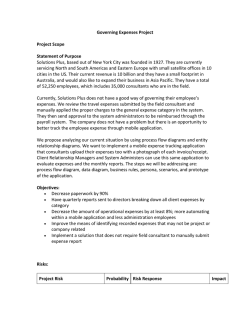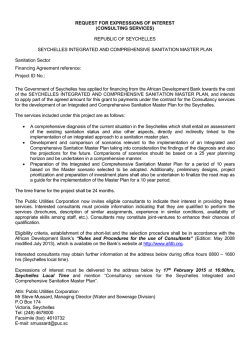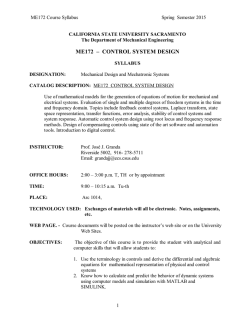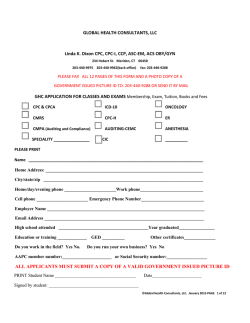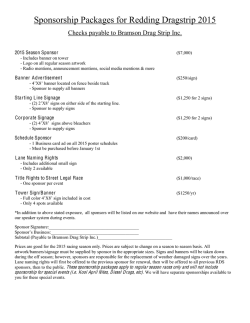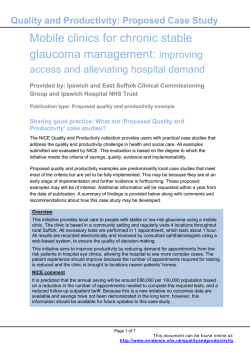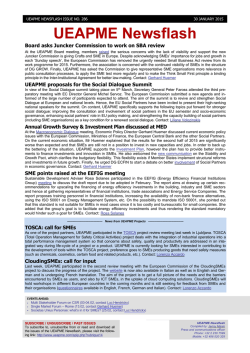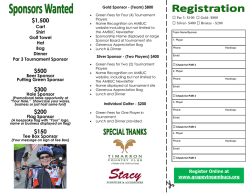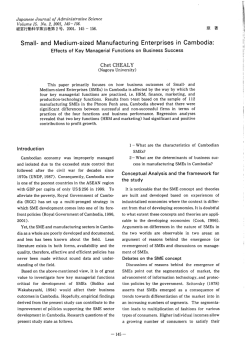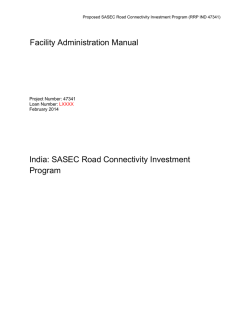
Solutions Plus—Challenge #1 Statement of Purpose
Solutions Plus—Challenge #1 Statement of Purpose: Solutions Plus is a consulting organization with international operations. It provides business consulting services to manufacturing, finance, and risk management companies, as well as the U.S. government. It serves clients in North and South America, Eastern Europe, and a portion of Australia. Its current yearly revenue is $10 billion, and it employs 35,000 field consultants, 15,000 “centralized” consultants, 1000 Client Relationship Managers, 750 administrative staff members, and 500 directors. Solutions Plus is aiming to expand into the Asian Pacific (China, Hong Kong, Japan), and it also wants to increase its presence in Australia. Solutions Plus is presently struggling with effectively communicating between offices and consultants, who are deployed globally. The company uses phone calls and email, facilitated by smartphones and laptops, to communicate. It has trouble identifying consultants’ assignments (since relationship managers are the only individuals with this information, according to an interview with the project sponsor), and consultants are being assigned to projects purely according to clients’ needs, ignoring consultants’ skills and geographic preferences. Furthermore, management’s new strategic initiatives are being miscommunicated to consultants in the field. The essential (core) problem is that information about consultants’ skills and assignments is not readily accessible. If this information were readily accessible, identifying consultants’ assignments for reporting purposes would be easier, management would be able to more precisely target consultants with strategic initiatives (according to their skills and assignments), and consultants’ skills would perhaps help determine the nature of their assignments. To work towards this end, we will gather more information from subject matter experts (SMEs) on the present resource tracking and reporting process(es) and use process flow, data, and business rule diagrams (if appropriate) for documentation. We will then utilize these documents, along with a business scenario and prototype outline, to create a presentable prototype detailing a possible solution to the core problem. Objectives: 1. Within 2 months, cut the time to identify a consultant’s current assignment by 75%. 2. Within 3 months, record the skills of 75% of active field and “central” consultants. 3. Within 4 months, cut the number of email inquiries made to client relationship managers regarding consultants’ skills and/or assignments by 50%. 4. Within 5 months, record the skills of 100% of active field and “central” consultants. 5. Within 6 months, increase client satisfaction ratings by 10% over present value (due to consultants’ skills being factored into the consultant-client matching process). Risks: Project Risk Probability Risk Response Impact Project sponsor leaves before project ends Low High Project budget is reduced Low Accept—the low probability compensates for the high potential impact Accept—the low probability High compensates for the high potential impact Mitigate by incorporating SMEs’ ideas and suggestions in the project where appropriate SMEs are uncooperative Medium Business Risk Probability Risk Response Impact New system fails, interfering with business operations Global demand for business consulting services falls Low Transfer risk to issuer of business interruption insurance Accept—competitors will also be affected by a lower demand for consulting services High Medium Medium Medium Assumptions: Staff will remain the same for the duration of the project, obviating the need to bring in additional SMEs Client relationship managers will be cooperative in sharing information about the resource tracking and reporting process, as they want to improve operational efficiency Constraints: Project cannot cost more than $2 million Project sponsor expects a presentation of a prototype solution within two weeks
© Copyright 2025
